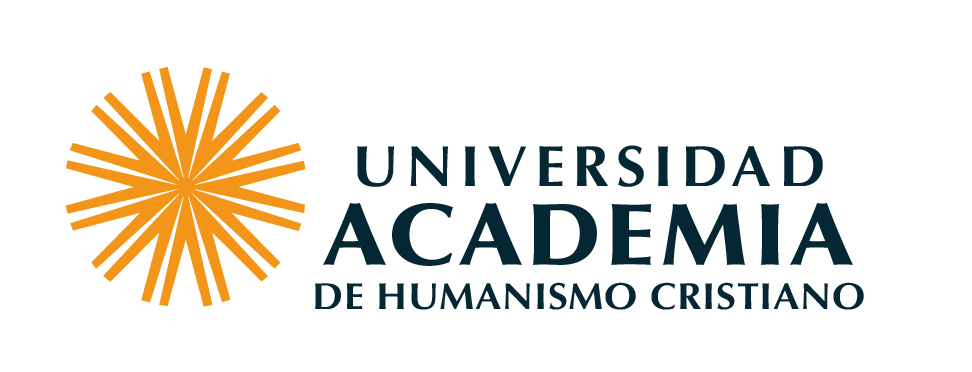Modeling the past : archaeology, history, and dynamic networks John Terrell, Mark Golitko, Helen Dawson, and Marc Kissel.
Material type: TextNew York : Berghahn, 2023Edition: Primera ediciónDescription: 235 páginasContent type:
TextNew York : Berghahn, 2023Edition: Primera ediciónDescription: 235 páginasContent type: - texto
- sin mediación
- volumen
- 9781800738690
- Archaeology, history, and dynamic networks
- 930.1 T325
| Item type | Current library | Collection | Call number | Copy number | Status | Notes | Date due | Barcode | |
|---|---|---|---|---|---|---|---|---|---|
| Libro | Biblioteca Central Colección Reserva | Bibliografía Complementaria | 930.1 TER (Browse shelf(Opens below)) | 1 | Available | También lo encuentras en bibliografias.academia.cl | 1472460 |
Includes bibliographical references and index.
History matters -- Dynamic relational analysis -- Start with a question -- Theories of history -- Modeling theories -- Developing hypotheses -- Gathering information -- Analyzing data -- So what?
How do researchers use dynamic network analysis, DYNA, to explore, model, and try to understand the complex global history of our species? Reduced to bare bones, network analysis is a way of understanding the world around us, a way called relational thinking, that is liberating but challenging. Using this handbook, researchers learn to develop historical and archaeological research questions anchored in DYNA. Undergraduate and graduate students, as well as professional historians and archaeologists can consult on issues that range from hypothesis-driven research to critiquing dominant historical narratives, especially those that have tended ignore the diversity of the archaeological record.
There are no comments on this title.

